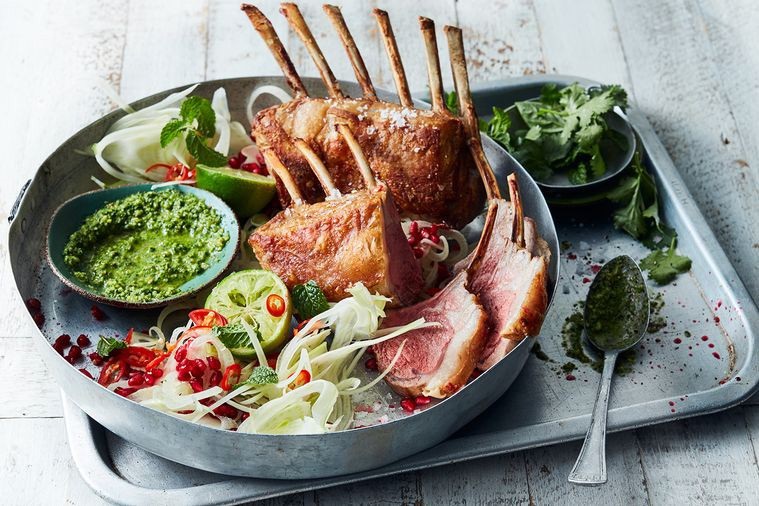As more Fijians turn to growing fresh produce at home to help reduce food bills, Chef Seeto suggest it is also an opportune time to restart the battle against non-communicable diseases, by learning to eat more nutritionally from your own garden.
As the country works to determine the future of our economy with less dependence on tourism, the need to understand the potential of our land and sea has become even more urgent.
Two hundred years ago sugarcane made sense.
Sugar was once worth more than gold and helped finance the expansion of the British colonies throughout the 19th and 20th centuries.
Today, we sadly import processed sugar from cheaper sources due to better agricultural technology overseas compared with Fiji’s labour intensive farming of cane.
Sugar is cheaper and more widely available than ever. Copra has a similar history of exoticism and worth, but we now compete with tropical African and Asian countries that sell the roasted coconut even cheaper.
If COVID-19 has taught us anything as a developing nation, it is that we must realise the full potential of our natural resources and not cling on to economically unviable industries.
Our volcanic, nutrient-dense soil is primed for organic agriculture, and our warm, pristine waters are geared towards premium aquaculture products like medicinal seaweed and shellfish.
In my humblest opinion, Fiji needs to look at billion dollar commodities that are high-value, recession-proof and pandemic-proof that we can uniquely grow. It is not sugarcane, root crops, fruits and copra, it is medicinal herbal plants.
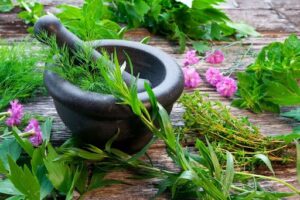
Tapping into a global market
The global herbal medicine market size is expected to reach a valuation of more than USD 129 billion by 2023, according to the latest research report from Market Research Future (MRFR). With the herbal medicine market expected to exhibit a strong compound growth rate of 5.88 per cent over the forecast period from 2018 to 2023, according to the report. Herbal medicines comprise products derived from plants and consumed directly with little processing. And if the plants are organically grown in pristine environments, their potential healing powers can be exponential, making them even more highly prized. The lack of extensive processing is the major difference between herbal medicine and conventional medicine, as the field of herbal medicine seeks to preserve the natural composition of the plant, while conventional medicine devotes considerable efforts to isolate the active ingredient and produce it on a large scale into medicinal products. This field of medicine has been the oldest field of medicine in human history, as all medicine originally started with the use of plant materials for remedial action against various natural ailments. The field has experienced a resurgence in recent years due to the growing demand among consumers for naturally oriented, process-free, and chemical-free medicine. It is why many First World nations including New Zealand, Australia and the United States have turned to farming herbal medicine in recent years. Many of these herbal plants, herbs and spices are already grown in Fiji, but not for commercial export to this multi-billion dollar industry. In a post-COVID world, Fiji is in a unique position to not only feed the world, but to also help heal the ailments of humankind with powerful herbal medicine. We just need to get our heads around what medicinal plants we can grow the best. Imagine a future Fijian economy that exports just a tiny fraction of that $129 billion dollars, with the taxes and profits gained ploughed back into developing our nation’s infrastructure, education and agricultural sectors. Tourism would be something we just do for fun. But before we begin thinking about growing medicinal plants for export, we should first learn what is so special about them and learn to use them ourselves to help address our own diseases of affluence – non communicable diseases.
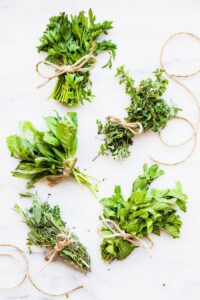
Ancient power of herbs
Organic herbs are medicinal plants that are loaded with impressive health benefits, and one of the reasons why they are in such high demand. Some of these benefits includes boosting psychological health, reducing the risk of cancer, regulating bowel movement, fighting inflammation, rich in antioxidants essential to treat various health problems, supports cardiovascular health, fights against bacterial and fungals, helps with treating cough and cold, alleviating pains, supporting a flawless skin, supporting
healthy bones, promoting long hair and helps fight infections. Herbs were also considered an essential component in ancient medicine as well. Although there is a huge variety of herbs that we could export,
coriander, parsley, sage, bay leaves, peppermint, oregano, thyme and rosemary are most common. Consuming dried or fresh, herbs are beneficial either way. They are packed with antiseptic, antibacterial and antioxidants, which are important for developing children as well as for adults.
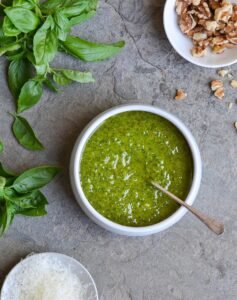
Culinary excellence
Traditional Fijian cooking has very little call for fresh herbs as the aromatic plants were not indigenous to this region at the time, and so are rarely seen in iTaukei cooking, with the exception of coriander (dhaniya) which was probably introduced by the indentured Indian labourers. The wide use of fresh herbs today has undoubtedly been driven by the resort chefs and the emerging middle class, demanding herbs for their international dishes. Where we once imported a vast majority of the medicinal herbs, many farmers are beginning to grow varieties of medicinal herbs including parsley, basil, mint, thyme, rosemary and sage. Herbs are plants that have exotic flavours and unique aroma to enhance the taste and
smell of your food. Using fresh herbs is one of the easiest and cheapest ways to take a dish from basic to brilliant, and they are easy to grow like weeds.
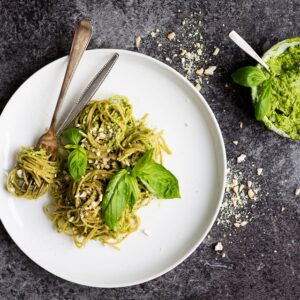
and pasta is just devine. Picture: LANCE
SEETO
Parsley
Parsley is used as an herb for garnishing and adding a distinct flavour to any dish especially soups, stews or blended with oil to make chimichurri and pesto. People often confuse the fl at leaf parsley with coriander, but these two are completely different herbs. Parsley is milder in its flavour and aroma when compared to coriander. Parsley has a fresh taste that’s earthy and mildly sweet, with one cup of chopped parsley providing over 1000 percent of your daily value of vitamin K, plus it’s rich in myricetin, a flavonoid that may have some anticancer properties. The different types of parsley have varied leaf structures. There is flat leaf, curly, Japanese and Italian. Flat leaf has a robust, bold flavour and aroma. Curly-leaved parsley is used commonly as a garnish or chopped fine atop of pasta or roasted meat dishes to impart a fl oral element. Japanese parsley has sturdy and rigid stems which are used as celery very often. Whilst Italian parsley has leaves which are flat and high oil content, with a mild flavour of freshness to it that is perfect in blended pesto with olive oil, garlic and nuts.
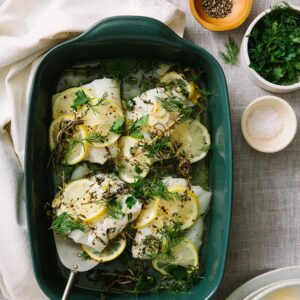
Tarragon and dill
These herbs are not widely grown in Fiji, yet their health credentials are renown in the battle against NCDs. Tarragon has a bright, peppery, yet sweet anise-like taste, and contains manganese, iron and zinc nutrients. Tarragon is a perfect pairing for chicken and whilst no one I know is growing it in Fiji, the dried herb is available in some supermarkets. It can also be used in scrambled eggs and tuna, or mix it with olive or coconut oil to drizzle over roasted vegetables. Dill on the other hand is one of the most underrated fresh herbs. A friend of mine grows wild dill in her garden and I relish the times when they are ready to pick. Dill tastes both sweet and sour, and it has a hint of citrus. It’s a good source of calcium and iron, and the flavour pairs well with virtually any dish. Try using it on salads, baked potatoes or cooked in butter with fish.

Basil and oregano
These two herbs are synonymous with Mediterranean cooking. Often referred to as the “king of herbs”, basil contains a host of nutrients including itamins A, K and folate. Basil’s health benefits include supporting healthy brain, managing arthritis, managing stress, slowing down aging, supporting bone health, managing epilepsy and aid metabolism. Arguably one of the most popular fresh herbs, basil has a sweet, aromatic and somewhat peppery flavour. Not surprisingly, basil is used in many Italian dishes. Oregano tastes like Italy, if the country had a taste. It’s kind of pungent, woodsy, and bold with a sweet spiciness. It’s often too pungent to eat raw, so fresh oregano is best when used in the last 15 minutes of cooking in tomato sauce or atop pizza.
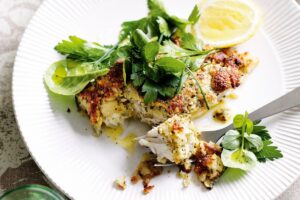
Parsley, sage, rosemary & thyme
The herbs parsley, sage, rosemary and thyme (pronounced “time” not “thime”) was the name of the third studio album by American music duo Simon & Garfunkel in 1966 and included in their hit “Scarborough Fair” song on the same album. The four herbs are classic ingredients in many chef’s kitchen, and each have antimicrobial properties that are said to help heal and repair a host of diseases. They are all used in roasting of meats and seafood to impart earthy aromas. Rosemary can also be described as lemony with a hint of pine, but it has a woodier taste than thyme. The distinguishing difference is that rosemary looks like a branch from a pine tree. It’s a good source of iron, calcium and vitamin B6. It’s best to use rosemary during cooking or for marinades, and the sprigs can be used as skewers. Thyme is great for adding fl avour to soups, stocks and stews, roasted veggies, and is the perfect herb to roast chicken and lamb. Sage is member of the mint family, is slightly bitter and has a mild sweetness with fl oral tones. Sage is delicate though, so it needs to be used at the end of cooking and is great in pasta and chicken dishes, especially when combined with nuts, brown sugar and butter.
- Lance Seeto is an award-winning celebrity chef, host of FBC-TV’s “Exotic Delights” and owner of KANU restaurant in Nadi.

